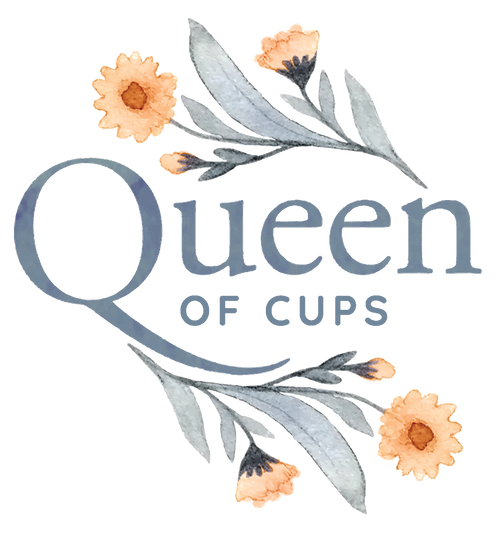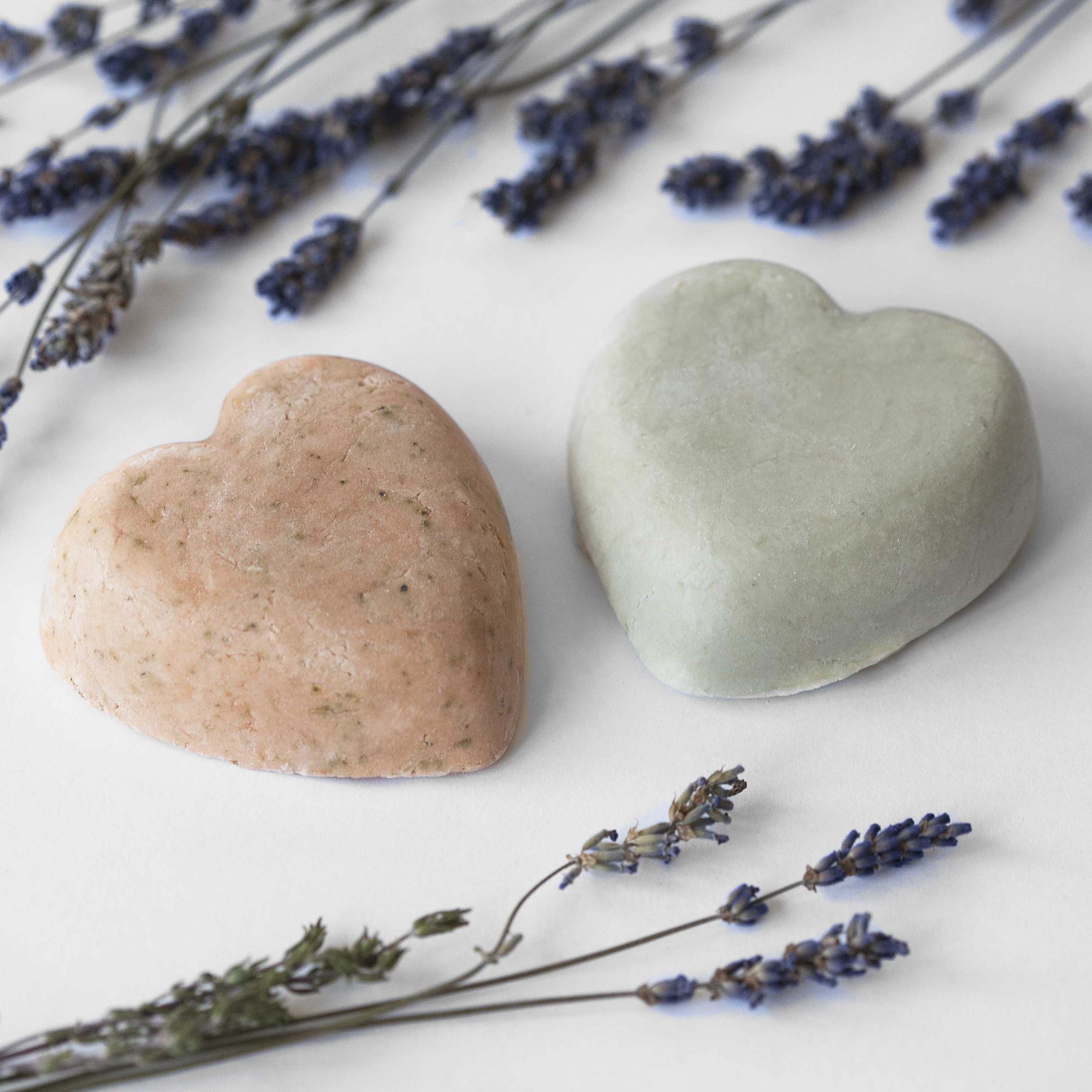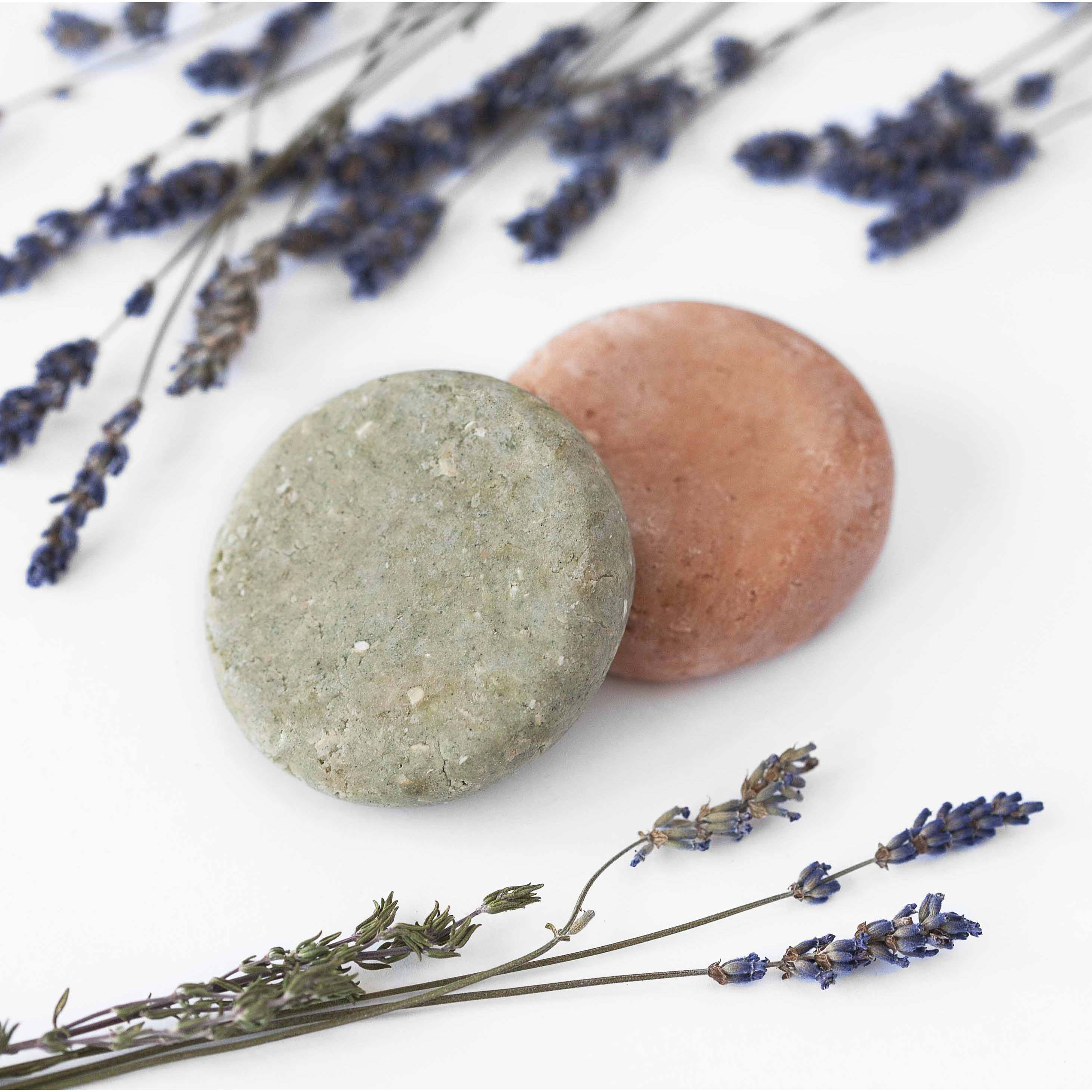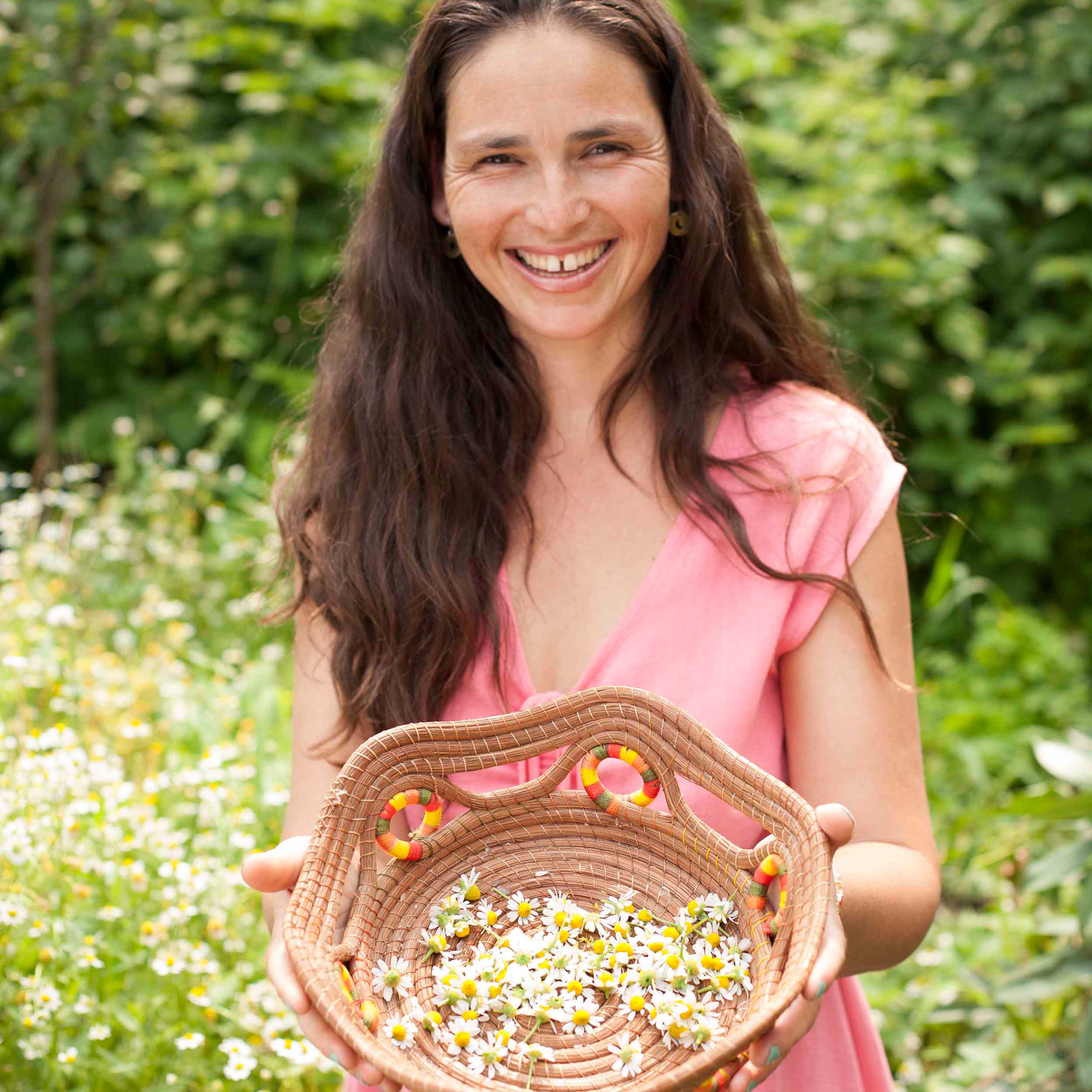Healing Herbs
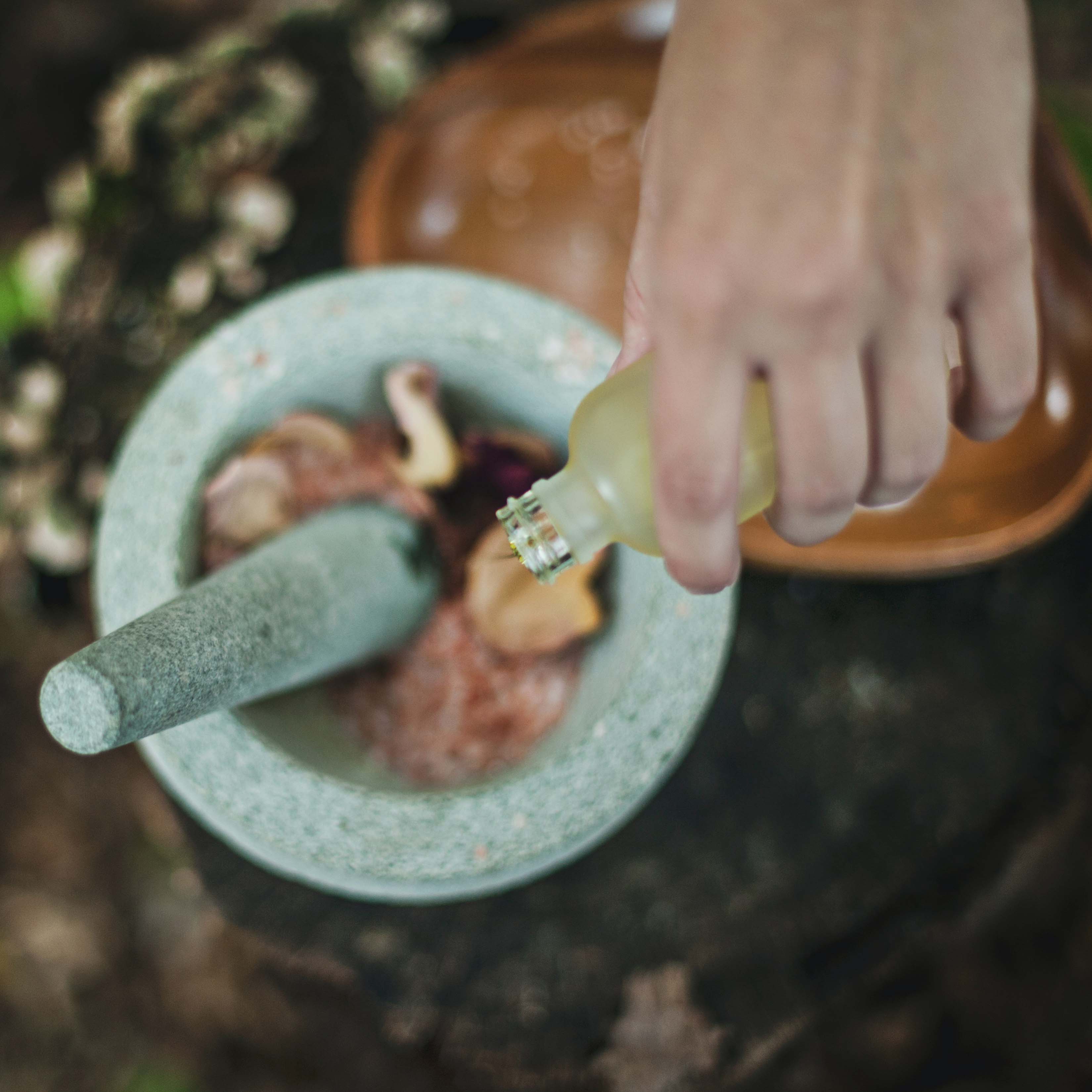
Plants are truly amazing allies to humans, and have been for a very long time.
Whether it is aiding with digestion, calming the skin or treating a sprained ankle there is pretty much a plant that can help with every condition. It makes sense because not too long ago before pharmaceuticals were created humans relied heavily on their fellow allies; plants and animals to cure their ailments and bring themselves into greater balance and health.
Let's take a look at a few common or not so common plants that grow with ease and offer an abundance of benefits.
Calendula
Calendula (Calendula Officinalis) is originally found in Asia and the Mediterranean, like many plants that we find in Canada they are not native to this land but came over with colonization. Calendula is a perennial, meaning that it self seeds and comes back every year on its own. Not only does it come back, it spreads quite easily. It is a very hardy plant, it still blooms after the first frost has come in the fall. When most other plants are brown and dead, Calendula can still be found sending out vibrant yellow and orange blooms.
It is the flower that is used and contains the healing properties. The way I use and harness the properties of calendula is to pick and dry the flowers and then put them in a jar with olive oil. Then I place it outside in a sunny spot, the sun's rays help infuse the calendula into the oil. After 6 weeks I strain out the calendula flowers and the oil is ready to use in salves, soaps and lip balms.
Calendula has high amounts of flavonoids, plant-based antioxidants that protect cells from being damaged by unstable molecules called free radicals. Calendula appears to fight inflammation, viruses, and bacteria.
Calendula is used for healing wounds, helping to soothe and heal skin conditions such as eczema and psoriasis. It helps with burns and rashes as well. It is most common to use calendula topically, through our largest organ; the skin.
Comfrey
Another plant ally that I use is Comfrey (Symphytum officinale). Comfrey is also native to Asia and Southern Europe, it grows rapidly reaching 5 feet tall at times. The dark green leaves and the roots are the parts that are used as they contain chemical substances called allantoin and rosmarinic acid. Allantoin boosts the growth of new skin cells, while rosmarinic acid helps relieve pain and inflammation. Comfrey is also known as “knitbone” or “boneset” because it has long been used to help with the healing of muscle sprains, bruises, burns and joint inflammation. In French the word for comfrey is “consoude” meaning to weld together. In Japan Comfrey has been used for over 2000 years for its healing properties. Comfrey is also applied topically and it is not recommended to ingest it or use it on open wounds.
To make comfrey salve I follow the exact same steps as I do for the Calendula. Comfrey is also a perennial, meaning you only have to plant it once to enjoy the benefits for a long time. The bees love the little purple flowers of comfrey which is an added benefit of growing it!
Hot peppers
Another natural hack that I use in my apothecary are red chili peppers (capsicum annuum). Red chili peppers contain a substance called capsaicin which when applied to the skin interrupts the transmission of the pain signal. So the pain signal isn't being transmitted which means you feel less pain in your body. The pain salve that I make containing red chili peppers along with other herbs and spices is great for relief of joint and muscle pain, inflammation, headaches and migraines, sprains and strains. This is another example of the amazing powerful ways we can use these plants that grow in our backyards.What is great about using herbs is that there are little to no side effects, they are clean and don't create other problems and symptoms that we then have to deal with that often comes with using pharmaceuticals. Using plants to assist our health is a beautiful way to be more connected to the natural world and to keep this traditional knowledge alive so that it does not get lost as generations go by.
0 comments

